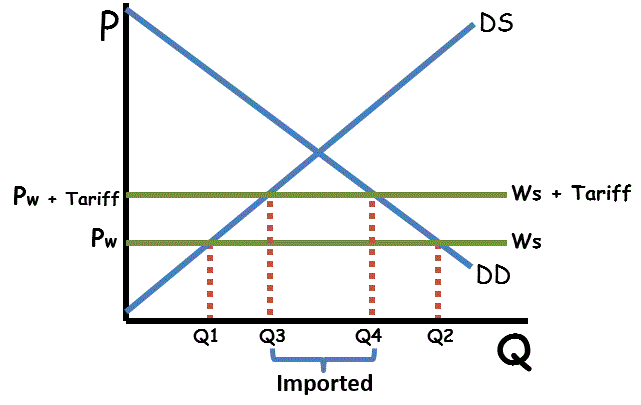Tariffs are a tax on imports or exports of a country. The three main taxes on imports in Brazil are the import duty tax, industrialized product tax, and the merchandise and service circulation tax.
The import duty- a tax that is required by the country on imports to the country. In Brazil specifically, it ranges from 10 to 35%.
The industrialized product- a tax that is taken when the product is manufactured on both imports and exports. This tax ranges from 0 to 15%.
The merchandise and service circulation- a tax on the value added to a product or service from manufacturing. This impacts imports and most exports are exempt. The tax rate is dependent on location, so in Brazil, the tax varies by state.
Brazil is part of MERCOSUR, which stands for the Southern Common Market. This is a trade block of countries which include, Brazil, Argentina, Uruguay, and Paraguay as the main countries and Venezuela and Bolivia as passive members. This group of countries trade with each other often due to low tariffs and trade agreements that facilitate the trading process.
Tariffs in 2020:
In recent news, Brazil has decided to eliminate any tariffs on corn and soy for all countries, including those that are not a part of MERCOSUR. This would provide an incentive for countries to export to Brazil because the cost of doing so would be lowered. In 2020, the tariff on fruits, vegetables and plants were 34.1% for countries not in a trade agreement with Brazil and those would be eliminated and imports would no longer cost as much. This also helps consumers because the cost of the tariff will not be pushed to the consumer side. Since the pandemic, trade has been affected greatly and many countries have seen an economic impact because of it. The details are still developing and there will probably be future steps to help trade grow again.

I think you did a great job of describing Brazil’s three biggest taxes. With Brazil’s tax import and tariff rates, what are they putting that percentage on?
LikeLike
Great blog! It was informative. I liked that you used a graph and talked about the pandemic. Do you know if tariffs increased because of covid-19?
LikeLike